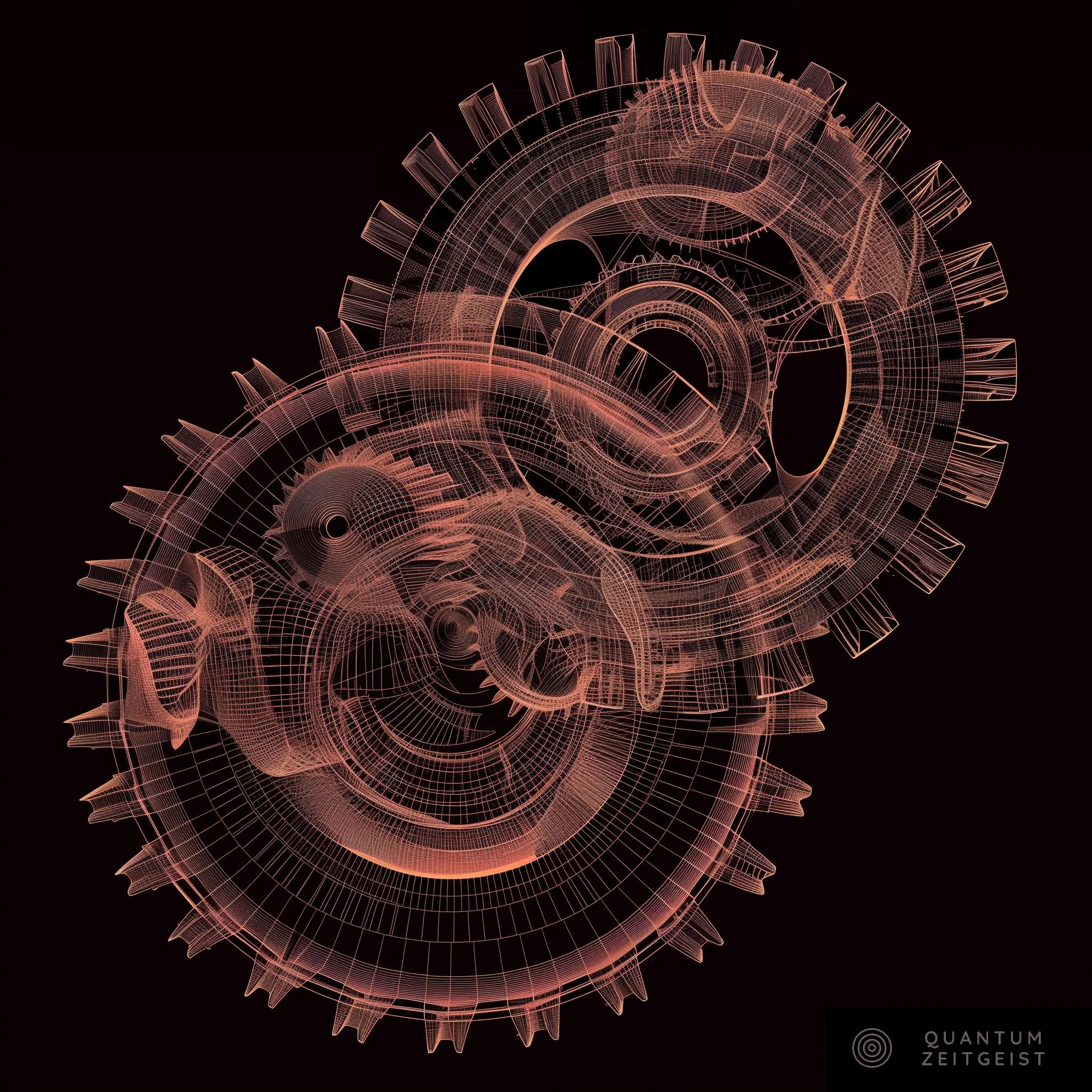The QSupCon model is a quantum-powered supervised contrastive learning model designed to address data scarcity in deep learning models, particularly in fields like medical applications. The model uses a quantum data augmentation circuit, quantum encoder, quantum projection head, and quantum variational classifier to efficiently classify images with minimal labeled data. It has achieved 80%, 60%, and 80% test accuracy on MNIST, KMNIST, and FMNIST datasets respectively. The QSupCon model also addresses the challenges of data privacy regulations and the curse of dimensionality, making it a promising alternative to classical deep learning approaches.
What is the QSupCon Model and How Does it Address Data Scarcity?
The QSupCon model is a quantum-powered supervised contrastive learning model that has been proposed to address the challenge of data scarcity in deep learning models. This model is particularly relevant in domains such as medical applications where there is a pressing need for robust models for early disease detection but a shortage of labeled data. The QSupCon model comprises a quantum data augmentation circuit, quantum encoder, quantum projection head, and quantum variational classifier, enabling efficient image classification with minimal labeled data.
The QSupCon model is a significant advancement in addressing the data scarcity challenge. It attains 80%, 60%, and 80% test accuracy on MNIST, KMNIST, and FMNIST datasets respectively. The accuracy of these models relies on the amount of training data due to the multitude of parameters that require tuning. However, obtaining such ample data proves challenging, particularly in domains like medical applications.
Recent advancements in quantum machine learning enable the extraction of meaningful representations from extremely limited and simple data. Thus, replacing classical counterparts in classical or hybrid quantum-classical supervised contrastive models enhances feature learning capability with minimal data. Therefore, the QSupCon model is a fully quantum-powered supervised contrastive learning model that addresses the data scarcity challenge.
How Does the QSupCon Model Overcome the Challenges of Data Privacy Regulations?
The challenge of obtaining a sufficient amount of labeled data for deep learning tasks is expected to intensify due to increasingly challenging data privacy regulations and ethical guidelines. These challenges are particularly severe in critical domains like medical applications where the development of robust deep learning models is necessary but the availability of labeled image data is often insufficient.
In response to these challenges, emerging quantum machine learning algorithms are being explored as potential solutions to address the issue of insufficient labeled data. The QSupCon model is one such solution that leverages quantum machine learning to overcome the limitations imposed by data privacy regulations.
The QSupCon model uses a quantum data augmentation circuit, quantum encoder, quantum projection head, and quantum variational classifier to enable efficient image classification with minimal labeled data. This approach allows the model to extract meaningful representations from extremely limited and simple data, thereby overcoming the challenges posed by data privacy regulations.
What are the Applications of the QSupCon Model?
Image analysis using deep learning with limited labeled data finds crucial applications in critical domains such as medical imaging, remote sensing, wildlife imaging, security cameras, and other surveillance systems. For example, deep learning models play a crucial role in medical image analysis aiding in the early detection of diseases.
The QSupCon model, with its ability to efficiently classify images with minimal labeled data, can be particularly useful in these domains. By leveraging quantum machine learning, the QSupCon model can extract meaningful representations from extremely limited and simple data, making it a powerful tool for image analysis in critical domains.
The challenges associated with image analysis using limited labeled data deeply impact the deep learning model performance. However, the QSupCon model, with its quantum-powered supervised contrastive learning approach, can significantly improve feature representations in settings with limited data.
How Does the QSupCon Model Address the Curse of Dimensionality?
One significant challenge arising from limited data is the curse of dimensionality. This phenomenon occurs because high-dimensional feature spaces can aggravate data sparsity and increase the risk of model overfitting. Model overfitting causes deep learning models to become excessively reliant on the training data, reducing generalizability.
The QSupCon model addresses this challenge by leveraging quantum machine learning. Quantum machine learning algorithms can process high-dimensional data more efficiently, potentially mitigating the curse of dimensionality.
The QSupCon model uses a quantum data augmentation circuit, quantum encoder, quantum projection head, and quantum variational classifier to process high-dimensional data. This approach allows the model to extract meaningful representations from extremely limited and simple data, thereby overcoming the curse of dimensionality.
How Does the QSupCon Model Compare to Classical Deep Learning Approaches?
In classical deep learning approaches, most of them employ representation learning techniques to extract meaningful features from limited labeled data. The Convolutional Neural Networks (CNNs) have demonstrated promising results in this context, automatically learning hierarchical representations from raw images.
However, the QSupCon model introduces a paradigm shift in image classification with limited labeled data. It leverages quantum properties to process image data more efficiently, potentially mitigating the data scarcity issue.
While classical deep learning solutions have made significant improvements in addressing limited labeled data challenges, quantum-based approaches like the QSupCon model hold promise. The QSupCon model, with its quantum-powered supervised contrastive learning approach, can significantly improve feature representations in settings with limited data, making it a powerful alternative to classical deep learning approaches.
Publication details: “Q-SupCon: Quantum-Enhanced Supervised Contrastive Learning Architecture within the Representation Learning Framework”
Publication Date: 2024-04-22
Authors: Arjuna P. H. Don and Ibrahim Khalil
Source: ACM transactions on quantum computing
DOI: https://doi.org/10.1145/3660647

